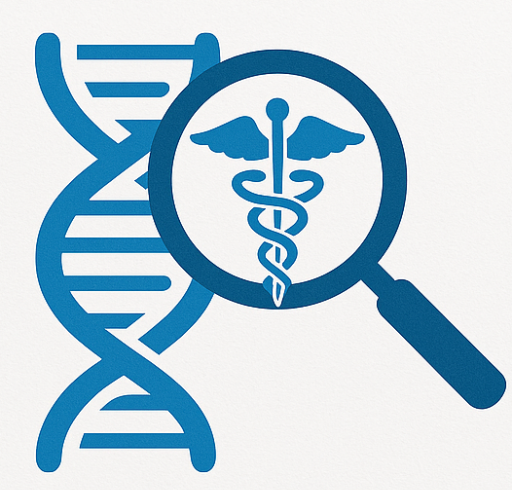What is the ERBB2 (HER2) Gene?
The ERBB2 (also called HER2/neu) gene encodes a receptor tyrosine kinase in the EGFR family (ERBB1-4). Unlike other ERBB receptors:
- HER2 has no known ligand – it signals through dimerization with other ERBB receptors
- Extremely potent oncogene when overexpressed
- Key roles in:
- Cell proliferation
- Survival
- Metastasis
- Resistance to apoptosis
Prevalence of HER2 Alterations in Cancer
HER2 is dysregulated across multiple cancer types:
| Cancer Type | Alteration Frequency | Primary Alteration |
|---|---|---|
| Breast Cancer | 15-20% | Amplification (95%) |
| Gastric/Gastroesophageal Adenocarcinoma | 10-20% | Amplification/Overexpression |
| Colorectal Cancer | 3-5% (KRAS wild-type) | Amplification |
| Non-Small Cell Lung Cancer | 2-4% | Mutations/Amplification |
| Bladder Cancer | 5-10% | Amplification |
*Note: HER2-positive status is defined differently across cancer types (IHC/FISH criteria vary)*
Mechanisms of HER2-Driven Oncogenesis
1. Primary Activation Mechanisms
- Gene Amplification (most common):
- Leads to massive HER2 overexpression (up to 100x normal)
- Causes spontaneous dimerization and signaling
- Activating Mutations (less common):
- Kinase domain mutations (e.g., L755S, V777L)
- Extracellular domain mutations (e.g., S310F)
**2. Downstream Signaling Effects
**Constitutive activation of:
- PI3K-AKT-mTOR pathway → cell survival
- RAS-RAF-MEK-ERK pathway → proliferation
- JAK-STAT pathway → inflammation/metastasis
**3. Clinical Consequences
- More aggressive tumor biology
- Poor prognosis in untreated cases
- Unique sensitivity to HER2-targeted therapies
